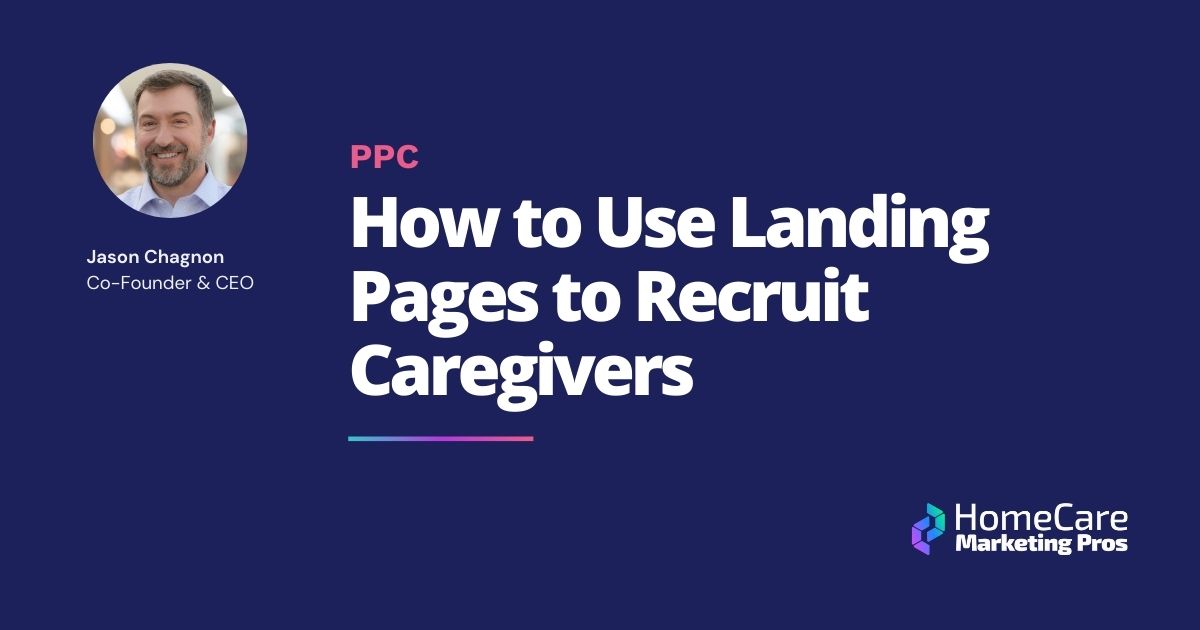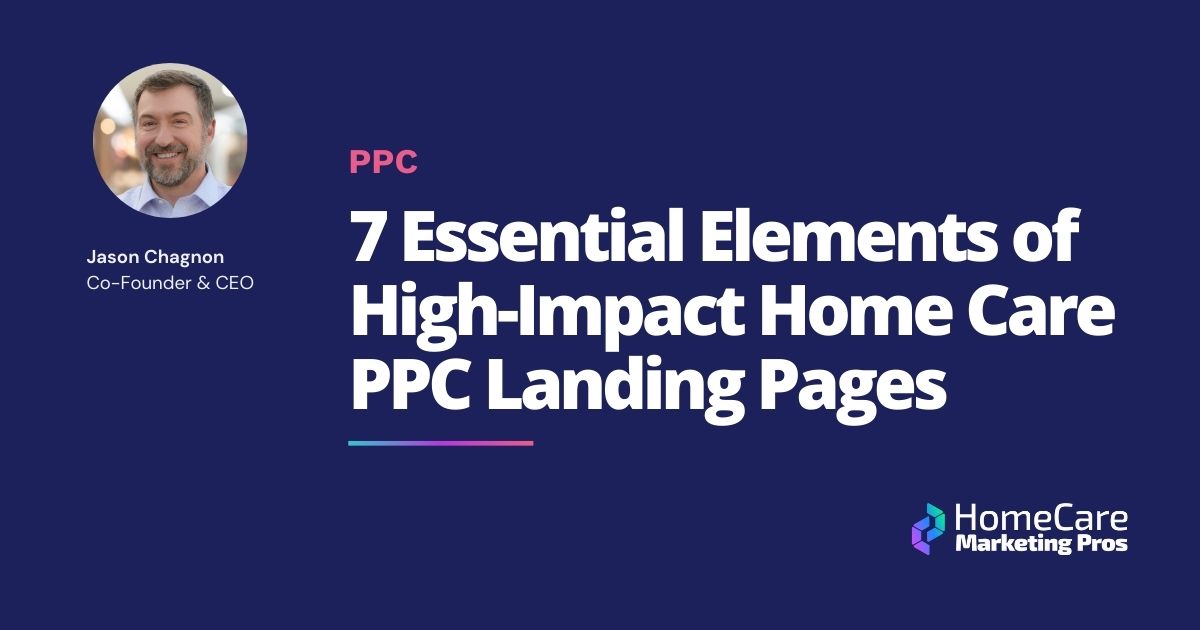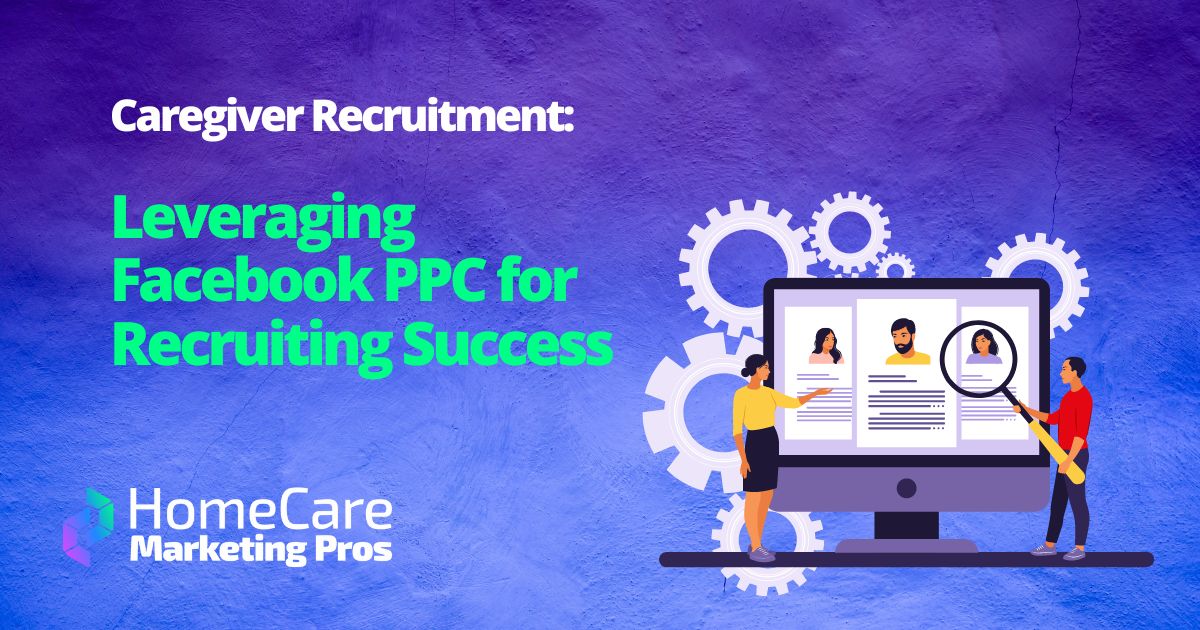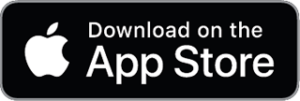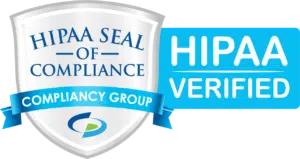Recruiting Caregivers with Facebook PPC: An Investment Worth Making
How to leverage Facebook ads to grow your agency’s caregiver team
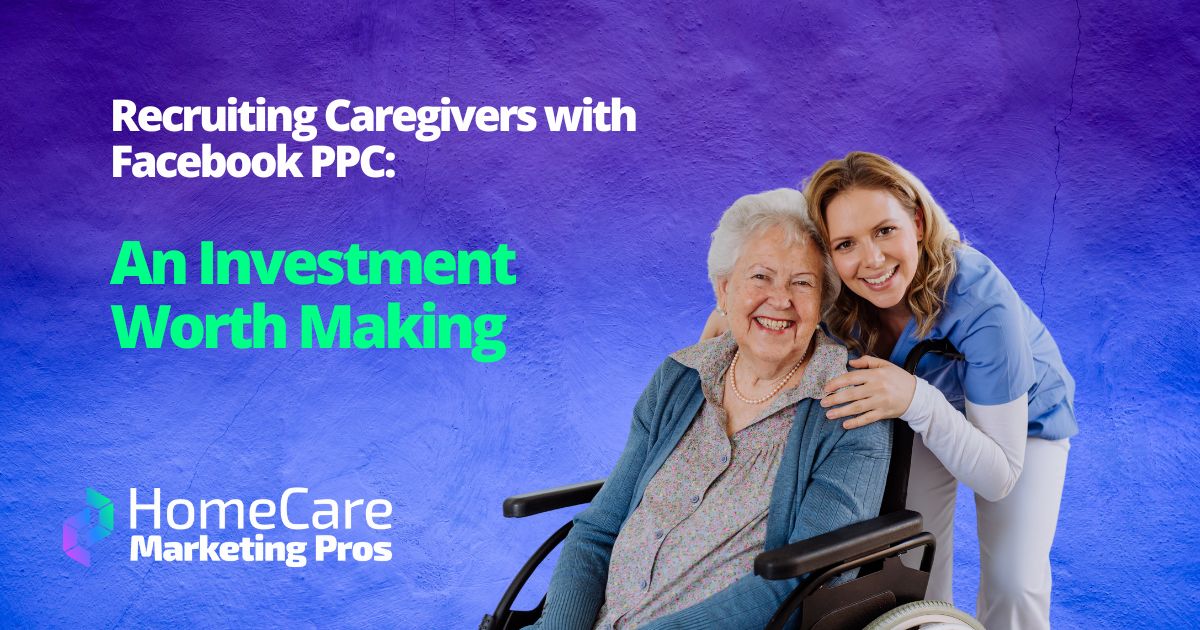
According to one benchmarking report by HCP, 97.8% of agencies say the caregiver shortage has had a negative effect on business—and you’re likely feeling the strain too. Without caregivers, you won’t be able to grow your agency, and the caregivers you do have can become burnt out, disengaged with their work, and may even leave your agency.
Employers in competitive sectors, like healthcare and tech, are increasingly turning to recruitment automation to staff up their teams with the best talent available. Recruitment marketing is done with many of the same tools used for agency marketing, but for a different audience and with a different spin.
There are many tools in the digital marketing tool kit, but one that’s often used for recruiting caregivers is Facebook ads.
In this article, we’ll address how much it costs to advertise on Facebook in 2024 and how to make Facebook ad campaigns an effective tool for recruiting new caregivers to your home care agency.
Are Facebook ads effective for recruiting caregivers?
Yes! Facebook ads are a great addition to a home care agency’s marketing mix and can be a powerful tool for adding qualified caregiver candidates to your talent pipeline.
Advertising on Facebook can help you precisely target job seekers geographically located near you who also meet your candidate profile. Using this platform, you’ll also uncover new information about your target audience, like their demographics and outside interests, so you identify new pockets of potential caregivers for your home care agency.
How much do Facebook ads cost?
As you might expect, the answer is that it depends—advertisers set their own budgets on Facebook, so your campaigns can cost as much or as little as you like. But there are some averages you can use as a benchmark.
Keep in mind that the most relevant measure of digital marketing—for recruitment or otherwise—is return on ad spend, or ROAS. This refers to how many qualified leads you get for the money you invest for a given campaign. The higher the ROAS, the better.
Here are some of the metrics you’ll want to measure to evaluate the cost of your Facebook ad campaigns:
- Average cost per click for all industries: $1.72 (Wordstream)
- Average cost per click for healthcare advertisers: $1.32 (Narrative BI)
- Average conversion rate for all industries: 9.21% (Wordstream)
- Average conversion rate for healthcare advertisers: 11% (Wordstream)
Average cost per click (CPC), or the average amount you pay every time a Facebook user clicks on your ad
CPC = amount you spend on the ad campaign/number of link clicks
Average cost per lead (CPL), sometimes called cost per conversion or conversion rate, how the average amount you paid to add a new lead to your caregiver funnel
CPL = amount you spend on the ad campaign/number of qualified leads generated
Click-through rate (CTR), or the average number of people who see your ad and click on it. According to Narrative BI, the average CTR for healthcare advertisers is 0.83%.
CTR = number of times your ad was served / number of clicks your ad receives
How Facebook charges for ads
Advertisers can set up their Facebook ad campaigns that are pay per click, or PPC, which means that your agency is billed only when a user clicks on your ad. This is generally accepted to be a very cost-effective means of running ad campaigns.
Managing your Facebook ad budget
You can allocate your ad spend in two ways:
- Campaign budget: This is a macro-method of managing your ad spend. It distributes your budget across the lifetime of your campaign at the best opportunities.
- Ad set budget: This is a micro-method of managing spend, with budget allocated to individual ad sets. This is more time-intensive, but gives you more control. Meta recommends advertisers at least one dollar per day for each ad set.
You can also track it two ways:
- Daily budget: This is an average daily ad spend.
- Lifetime budget: This is the total amount you’ll spend for the duration of your campaign.
3 tips for managing your talent pipeline
Once you’ve drawn candidates into your talent pipeline, your investment will be wasted unless you cultivate those leads as if they were your customers.
Because ad campaigns can bring in lots of applicants, you’ll need a way to easily and efficiently manage your new leads to convert them into employees.
1. Build a candidate journey
Just like you design a customer journey for new client leads, you can also design a guided path for caregiver candidates. To hire the home care staff you need, map out the points they’ll have to cross, from learning about your agency’s employer value proposition to meeting key members of staff, qualifying for licenses, and then onboarding.
2. Manage new caregiver leads with a CRM
When new caregiver candidates enter your talent pipeline, you’ll need to begin cultivating those relationships. Marketing automation represents a turning point for senior care recruiting, because it lets you manage all caregiver leads in a single location and automate their movement through the recruiting process.
3. Learn from your recruitment marketing campaigns
One of the greatest benefits of automated marketing campaigns managed with a CRM is that every moment of your campaigns can be mined for insights.
Recruitment marketing automation lets you gather information about your ideal caregivers and their demographics, interests, and online (and offline) habits. You can also learn the best times of day to advertise open roles, the messages that most resonate with them, and how to shepherd them from lead to hire.
Ready to start recruiting caregivers? Build a talent pipeline
Home Care Marketing Pros can help you build a client pipeline—and a caregiver pipeline. The same CareFunnels platform you use to manage client leads and grow your agency’s book of business is the same platform you can use to recruit ideal caregivers and keep your talent pipeline full of great candidates. Book a demo to see how.


